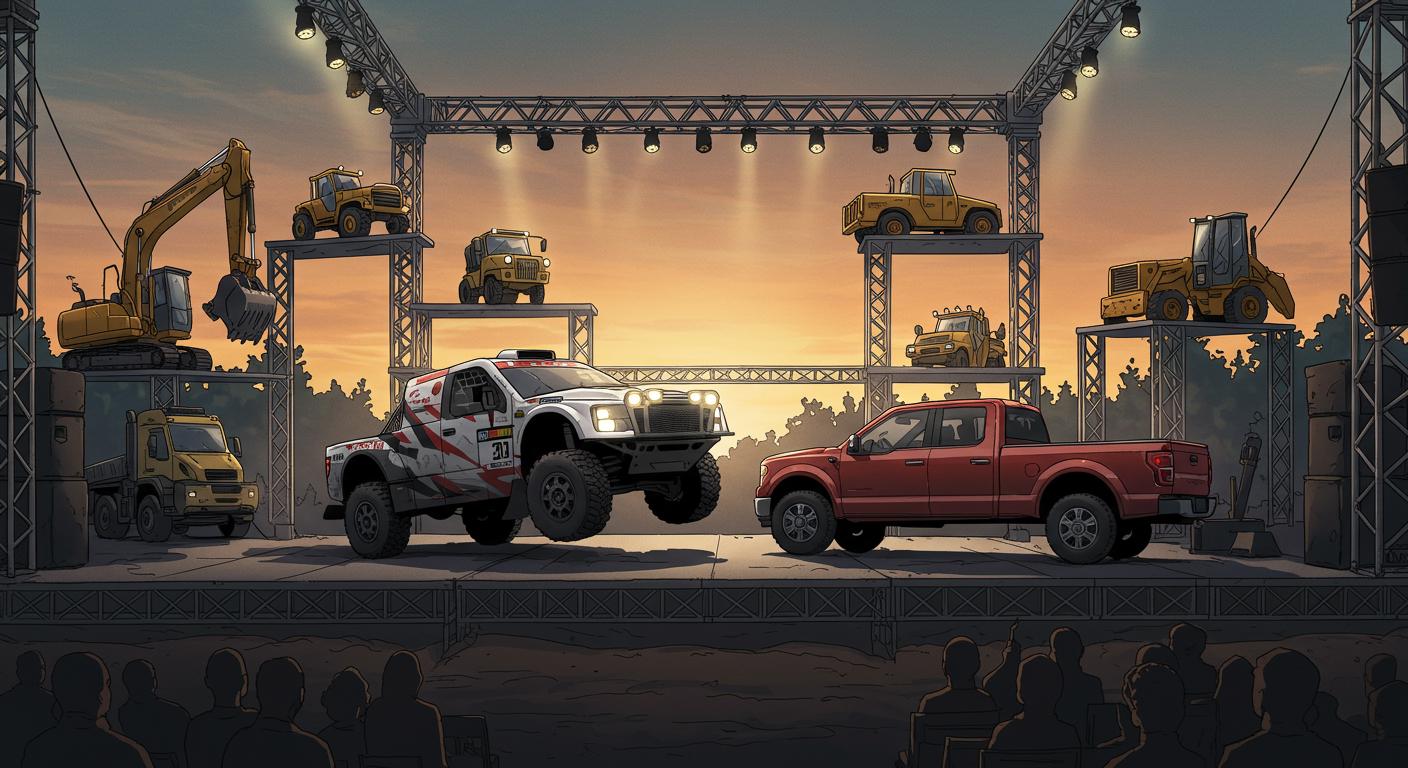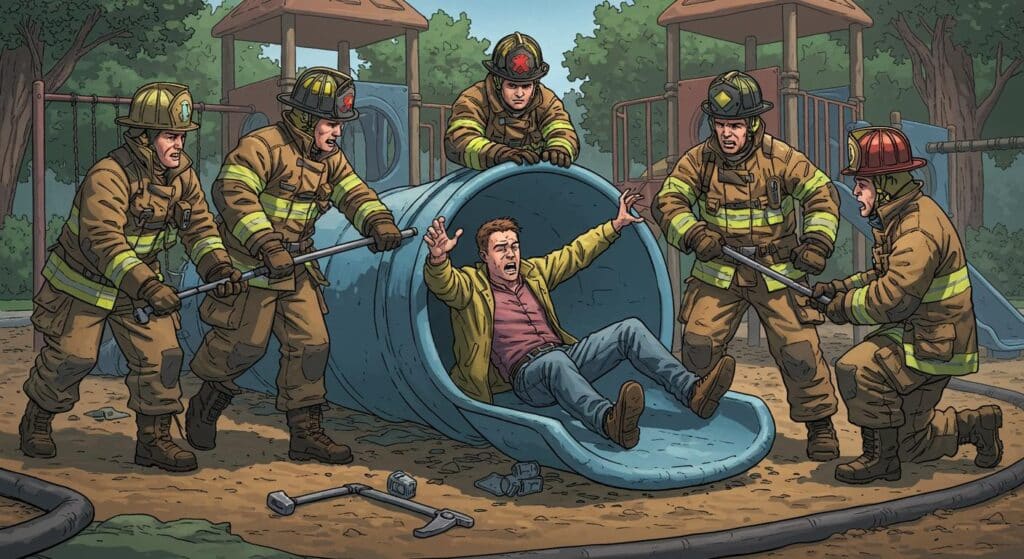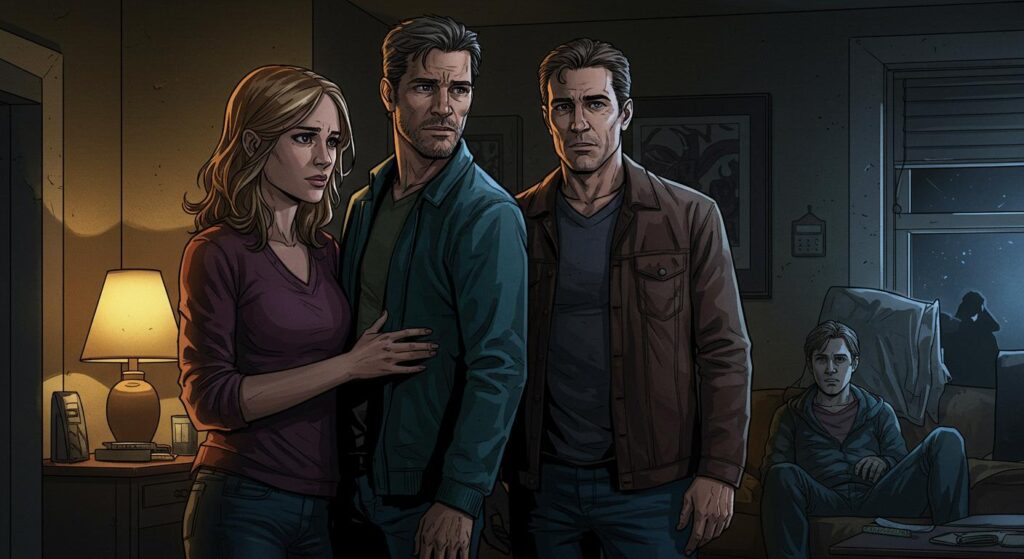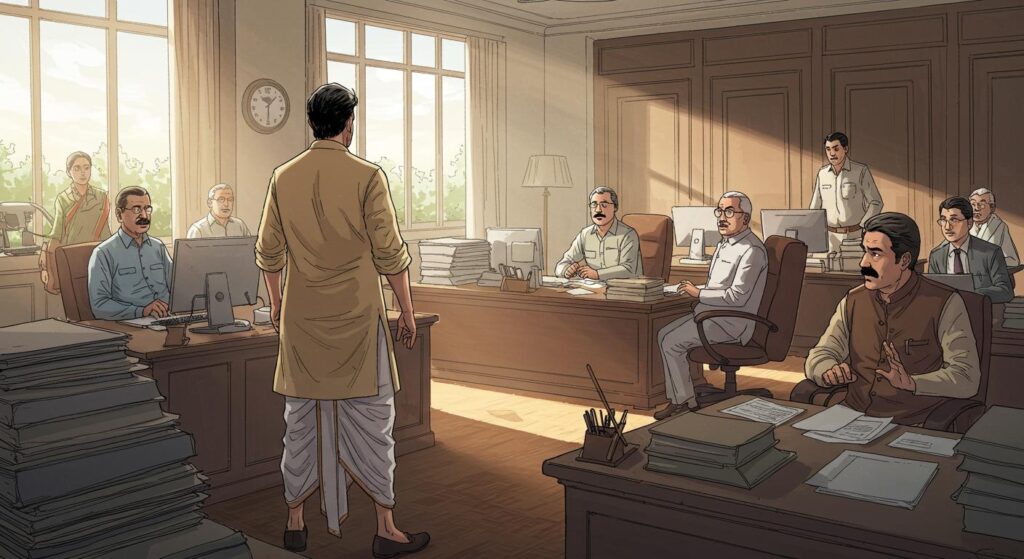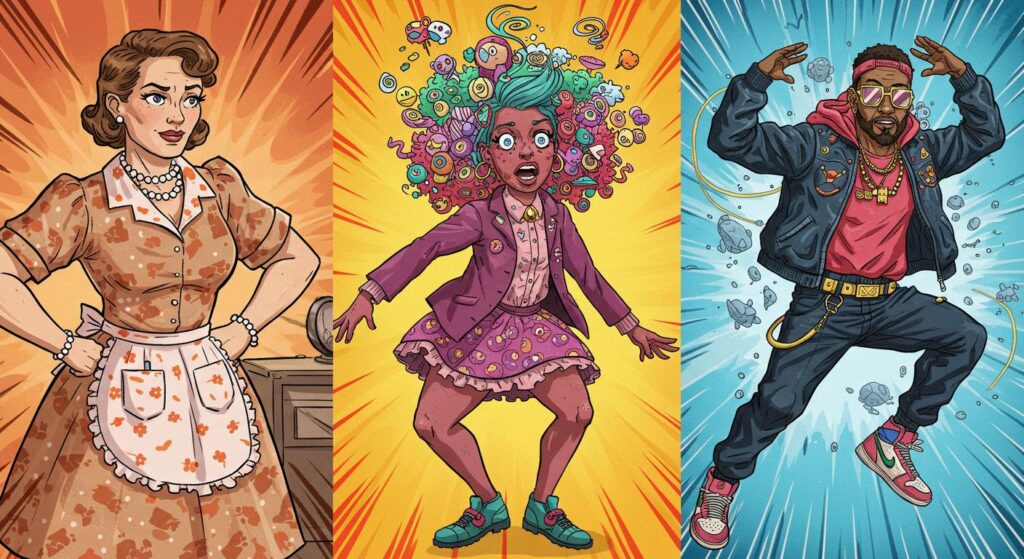There are headlines so peculiar—“Estonian rally truck stars as Shakespearean lead”—they prompt a momentary review of one’s grasp on reality. Yet, in the ever-resourceful world of contemporary theater, stranger things rev across the stage. There’s a certain charm in stumbling upon a production so gleefully odd and earnestly executed it begs us to reconsider what counts as ‘serious art.’
Hydraulic Passions in a Limestone Quarry
Tucked away in a disused limestone quarry in Estonia, an adaptation of “Romeo and Juliet” has been finding new ways to stir the heart, only this time the star-crossed lovers are rendered in steel, rubber, and the unmistakable rumble of horsepower. As described in a Reuters report, Juliet appears as a red Ford pickup, while her Romeo is transformed into a rally truck. The rest of the cast? No less than city buses, fire engines, a cement truck adorned with hearts, and more than a dozen other heavy vehicles circling before makeshift stands.
In a detail highlighted in the article, two excavators enact the infamous Tybalt and Mercutio duel, not so much fencing as trading swipes with mechanical arms—less “en garde!” than “engage, hydraulics!” Spectators witnessed the kind of spectacle you won’t find in your average community theater: a car dramatically tossed from a cliff, with the heavy machinery and cars lending their considerable mass to Shakespeare’s eternal themes.
Kinoteater’s co-director, Paavo Piik, reflected in the piece that the whole endeavor was as much an experiment as a performance. He mused on whether “big machines” could communicate emotions like love, noting the inherent contrast between the machines’ size and the gentleness needed to convey romance. The production chooses to forgo dialogue entirely, relying instead on fireworks, a musical backdrop featuring The Cardigans’ “Lovefool,” and, presumably, a whole lot of dedicated choreography to guide the audience through the recognizable beats of forbidden love.
No Words, All (Engine) Feels
It’s the absence of words—no grand soliloquies or barbed wit—that forces the emotions to emerge elsewhere. As noted by the outlet, the vehicles themselves become actors, their headlights and maneuvers suggesting intimacy, longing, and, in the case of our quarrelsome excavators, tragedy. Audience reactions range from skeptical to grateful surprise: one attendee, Maia Maisate, is quoted as admitting initial doubts before being won over by the show’s unexpected effect. Another spectator, Maia Pussim, describes it as “sweet and cute,” singling out a moment where the cars’ closeness suggested a mechanical form of kissing.
The report underscores how, stripped of language, the production manages to evoke “sweetness and love” in a scene carried only by motion and mood. It’s a curious phenomenon: can a rally truck, with nothing but headlights and a honk, be a convincing Romeo? For at least one Estonian weekend, audiences decided it could—a testament, perhaps, to the flexibility of the imagination when encouraged by spectacle.
Heavy Metal, Light Touch
This whole escapade invites a broader question: what truly makes a story resonate? Is it verse recited from memory, or can meaning be pieced together from choreography, context, and the audience’s own willingness to see yearning in a truck sidling up to a painted pickup? Earlier in the piece, Piik pondered whether we can find “new ways” to stage Shakespeare today, and whether intention—paired with a touch of absurdity—might be enough.
And what is it about vehicles, anthropomorphized or otherwise, that so quickly gather our empathy? There’s an odd comedy and a softness to watching an excavator’s boom glide through the stage lights in a balletic motion, becoming a stand-in for sword and sorrow alike. It’s not the stuff of English lit exams, perhaps—but who wrote the rule that it shouldn’t be?
Curtain Call: The Absurd and the Earnest
Estonia’s mechanical “Romeo and Juliet” balances earnestness with irony, engineering with emotion. Whether it’s high art, high camp, or something altogether unclassifiable, the production demonstrates that even among cement trucks and buses, the ancient pulse of tragic romance can be coaxed into recognition—if only for the briefest of encores.
Maybe it isn’t necessary to unbox some grand metaphor about technology and empathy after all. The pleasure here lies in witnessing the improbable played so straight, the rally truck and Ford pickup conjuring a love story by sheer force of will (and perhaps a whiff of diesel). The audience steps into the illusion for an evening; the vehicles become something more than themselves. And perhaps, somewhere, Shakespeare’s ghost is quietly amused, pondering if next season’s Hamlet will require an oil change as part of rehearsal.
So, the question lingers: can a fire engine truly nail “parting is such sweet sorrow”? For Rummu’s gathered crowd, the answer was unmistakably loud—if not with words, then at least with a joyful glint of chrome and a parting honk.

